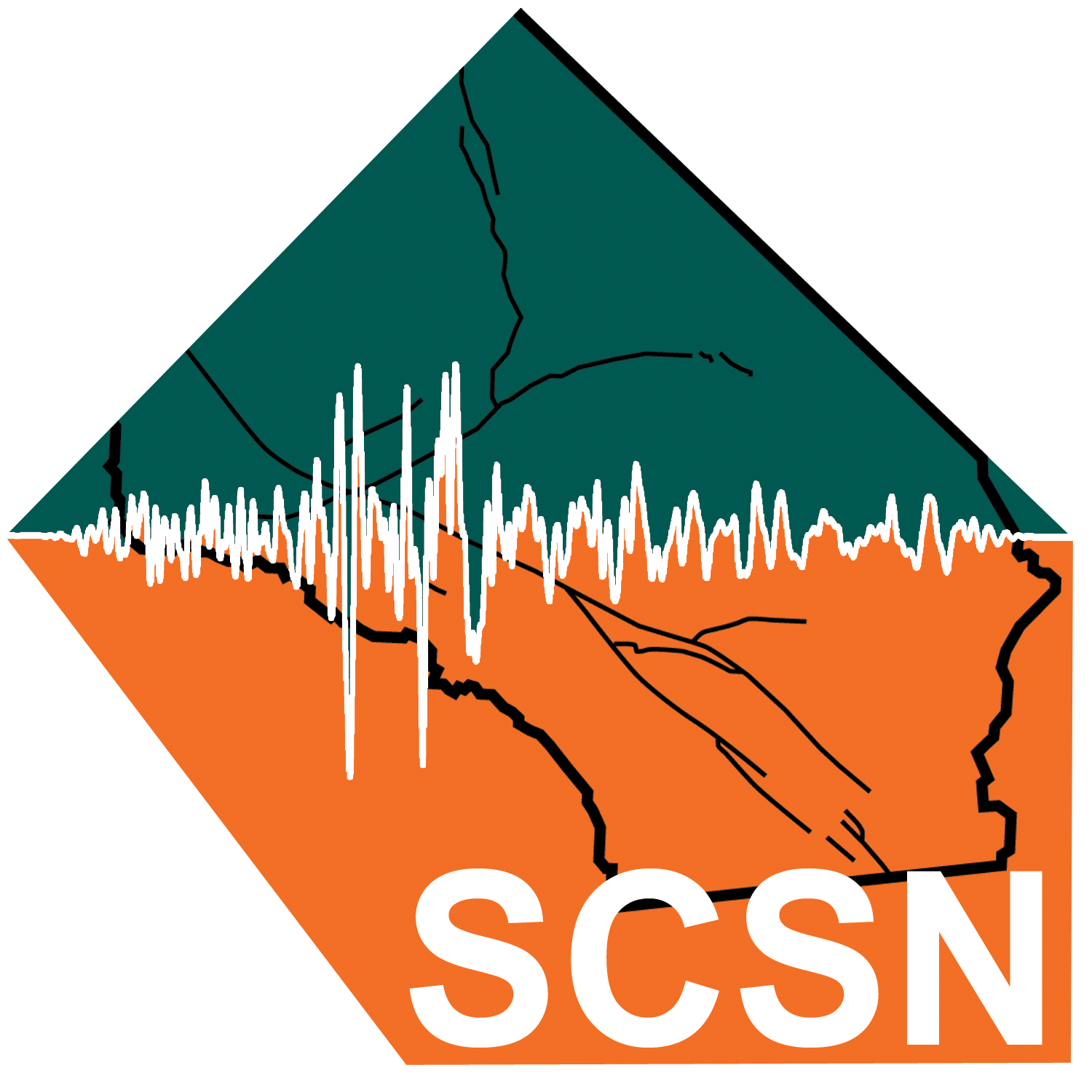Earthquake Information
Fault Name Index
A | B | C | D | E | F | G | H | I | J | K | L | M | N | O | P | Q | R | S | T | U | V | W | X | Y | Z
Lavic Lake Fault
TYPE OF FAULT: right-lateral strike-slip
LENGTH: about 27 km; from just NW of Lavic Lake to intersection with the Bullion fault east of Quackenbush Lake
NEAREST COMMUNITY: Ludlow
LAST MAJOR RUPTURE: October 16, 1999, MW 7.1
SLIP RATE: unknown
INTERVAL BETWEEN MAJOR RUPTURES: unknown
OTHER NOTES: Though partially mapped previous to its rupture in the Hector Mine earthquake of October 16, 1999, this fault was not presumed to have been active during the Holocene, though it was considered to have been active at some point in the Quaternary. Because of this and the lack of study it received (as a result of its remote location), it was unnamed prior to this rupture. The Hector Mine earthquake ruptured the entire known length of this fault, including a previously unmapped northern section of the fault that tore across alluvial fans and the dry bed of Lavic Lake, south of Pisgah Crater. (That earthquake also ruptured about 13 km of the Bullion fault to the south of its intersection with the Lavic Lake fault.) The high rates of sediment deposition in these areas may have worked to bury and mask geomorphic features that could have helped identify the fault trace. Or, it is possible that the Lavic Lake fault had not, in fact, ruptured in the past 10,000 years, and that the Hector Mine earthquake was an example of a very rare rupture event along this fault.
A section of the Lavic Lake fault (near the eventual epicenter of the Hector Mine earthquake) experienced a cluster of aftershocks in the wake of the 1992 Landers earthquake. Aftershocks from the Hector Mine earthquake suggest that the fault may extend somewhat farther north than the trace indicated by surface rupture.
This fault is featured on the following map:






